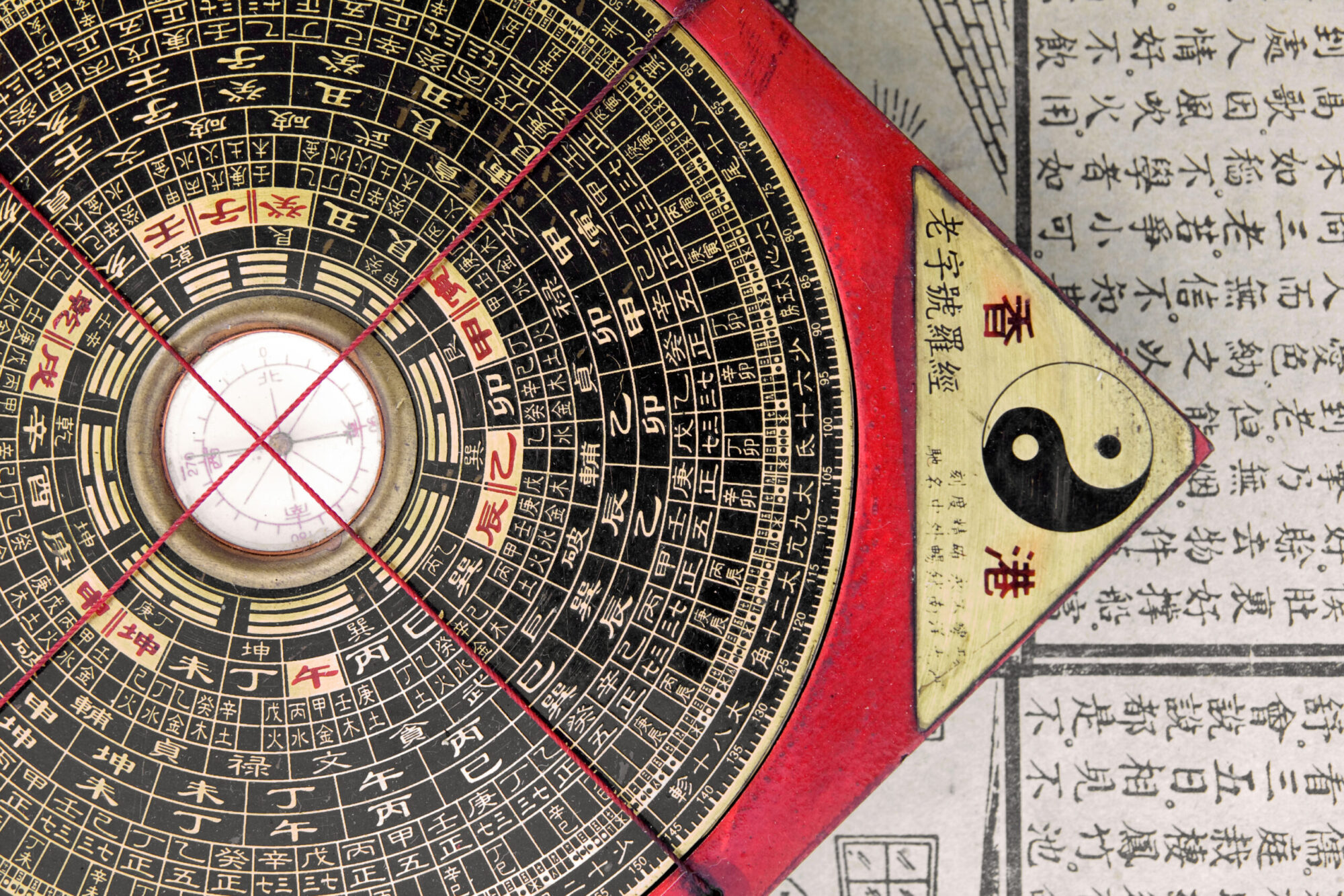CLASSICAL
Feng Shui
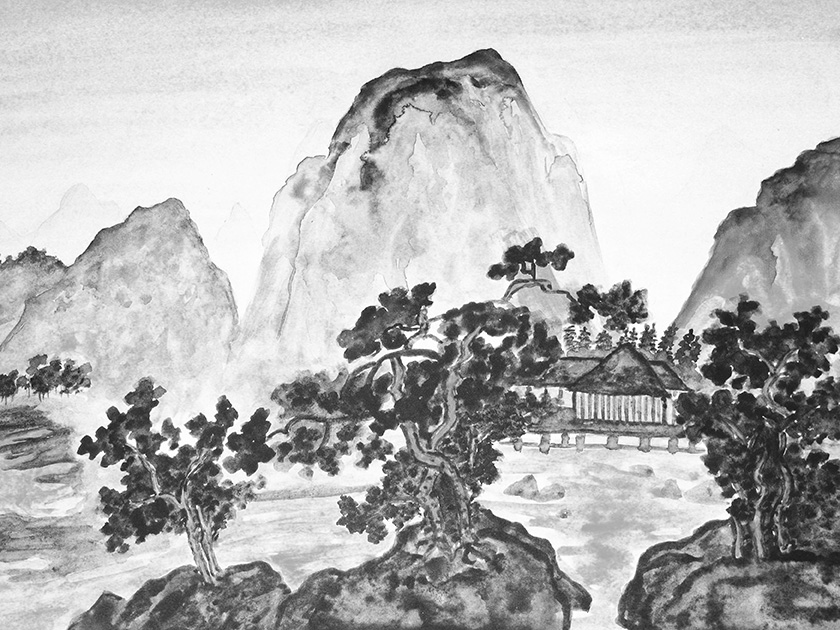
An ancient wisdom and practice, Classical Feng Shui has its roots embedded in Chinese culture and Taoist Philosophy. Literally translated as Wind (Feng) and Water (Shui), this unique tradition believes our lives are affected for good or bad by the quality of the space around us. According to Chinese metaphysics one’s destiny is based on three types of luck – Man luck (your efforts/choices), Earth luck (Feng Shui) and Heaven luck (your destiny). The practice of Feng Shui studies these three principles to reach a holistic understanding of the space we inhabit. At its core, Feng Shui is about living in tune with the rhythm of our natural environment and aims to harmonize people with their surroundings.
Feng Shui (風水) stems from Taoism and the understanding of the interconnectedness of everything around, below, and above us. It views the world as interrelated, alive, and in flux. In ancient China, masters studied the earth’s patterns to find locations for human habitation which might be able to harness the benevolent energy of their surroundings. The intention of Feng Shui is to find a natural balance between the visible and invisible Yin (passive) and Yang (active) life forces known as ‘Qi’ in our environment. Feng Shui studies the Qi in our natural and built living environment to improve the lives of the occupants, in terms of their prosperity, health and relationships.
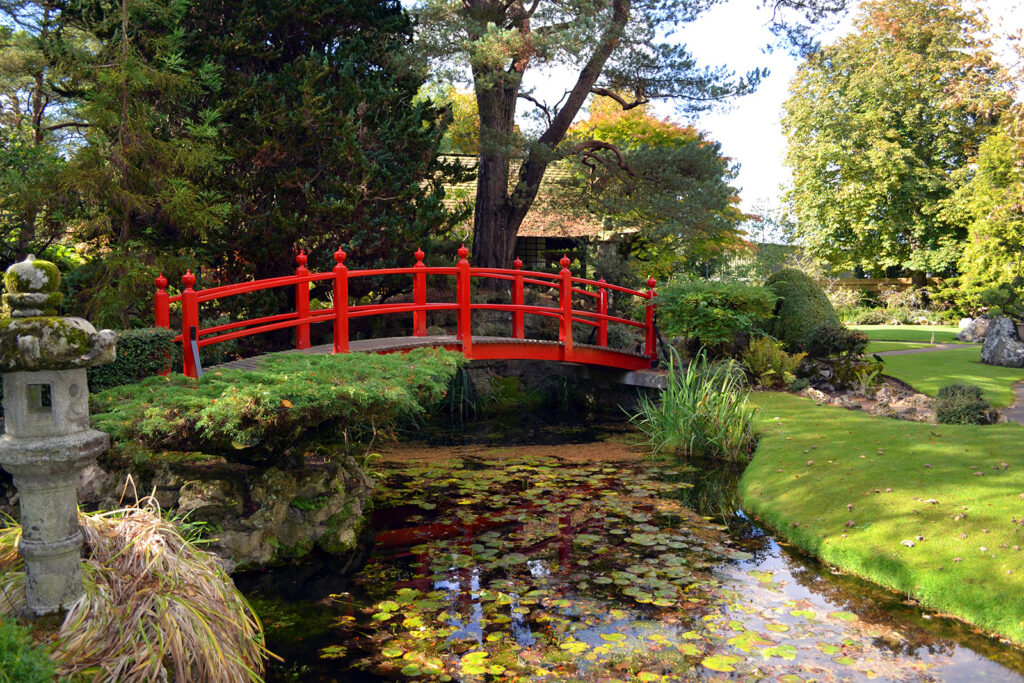
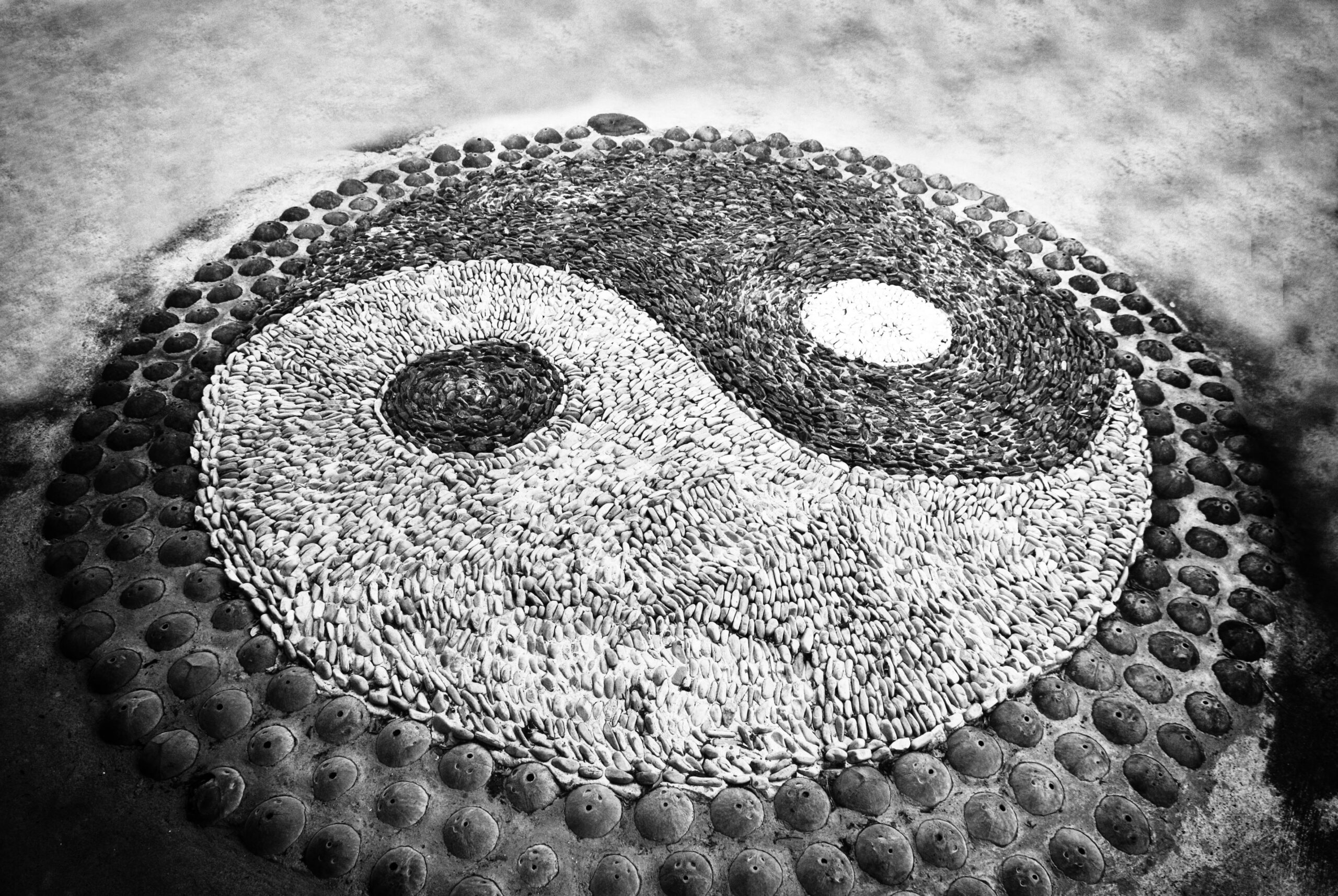
The concept of Qi within Feng Shui
Qi is a uniquely Chinese term, yet its precise definition remains elusive. In Classical Chinese Philosophy, Qi is considered the force that binds together all things, a universal energy. Lu Yen, Chinese Philosopher and Naturalist described Qi as follows, “All substance and form is energy. It is Yin and Yang, the motion of the sun, moon and stars, everything that emerges and dissolves. It is the clouds, the mist, the fog and moisture. The heart of all livings beings, growth and development is energy”.
The goal of the early Taoist philosophers was to find a ‘state of harmony’ by understanding the complex relationship between the different manifestations of Qi in order that they could live with nature and not against it. In classical texts such as the I Ching (10-4BCE), this harmony which exists in all of nature is conveyed as a symbol called the Tai Chi. The Chinese expressed the underlying potential of all Qi as an empty circle, the Wu Chi. The circle next transforms into a dark and light sector giving birth to Yin and Yang – the two fundamental interactive forces of nature; complementary yet opposing forces which cannot exist without each other. The symbol is the epitome of balanced Qi.
In regards to our natural environment, Feng Shui can piece together the Qi pattern of a given space to identify any imbalances and use techniques that are both practical and yet ritually correct to encourage appropriate Qi flow and containment between the Yin and Yang forces in nature.
The Practice
Since being human is by nature both rational and intuitive, Feng Shui uses two schools of thought to interpret form and formless Qi, both with the same aim but using different approaches:
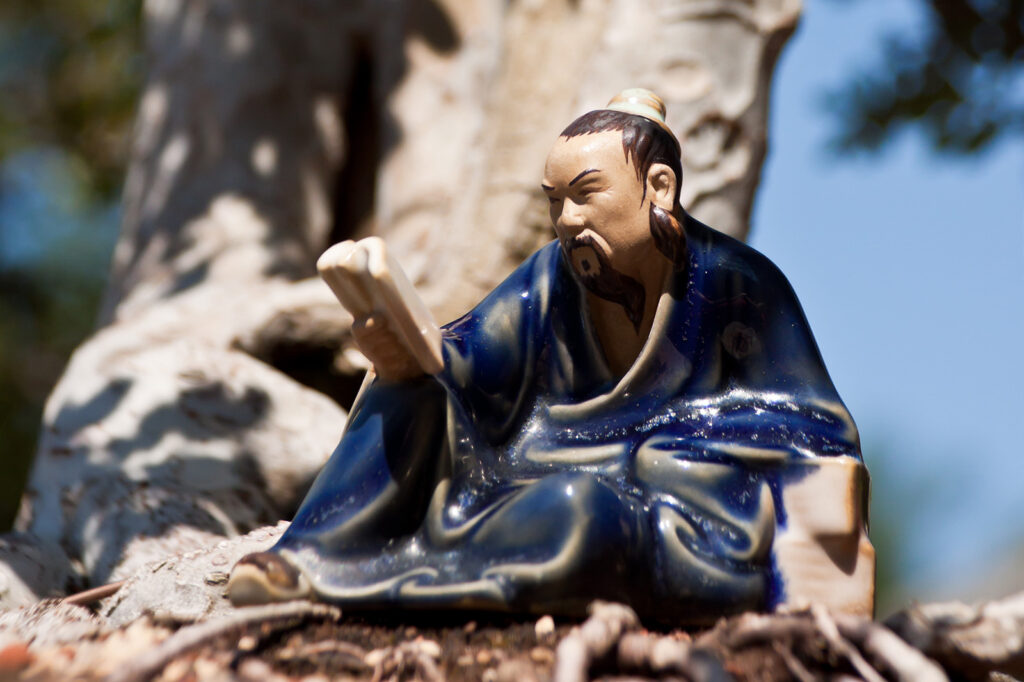
Form School (Xing Shi Pai)
Xing Shi Pai is one of the oldest systems of traditional Feng Shui and uses causal or linear thinking such as our five senses to reach a scientific analysis of the physical form and configuration of our environment. Certain external landforms and internal forms are important in determining the desirability of a site and build and its effects on those living inside. Ancient people studied the land, the waterways and weather patterns, used the principles of Yin and Yang and learnt how best to locate their homes and villages, thereby ensuring their own prosperity. Today we use Form School to continue to analyse the natural topography of the land; in an urban environment this will also include man-made structures such as buildings, road networks, walls/fences and cell towers.
Compass School (Li Qi Pai)
Li Qi Pai uses Chinese astrology and correlative thinking in its analysis of formless Qi to give it meaning. It relies on certain methodologies such as Bazhai Ming Jing (8 Mansions Feng Shui) and Xuan Kong Feixing (Flying Stars Feng Shui) to determine the quality of Qi.
Compass School uses the Luopan or geomantic compass, a Chinese magnetic compass to determine the precise direction of a structure or other item. Liqi is to study the auspiciousness of a direction; It reflects on the position of the stars (astrology) to produce different calculations.
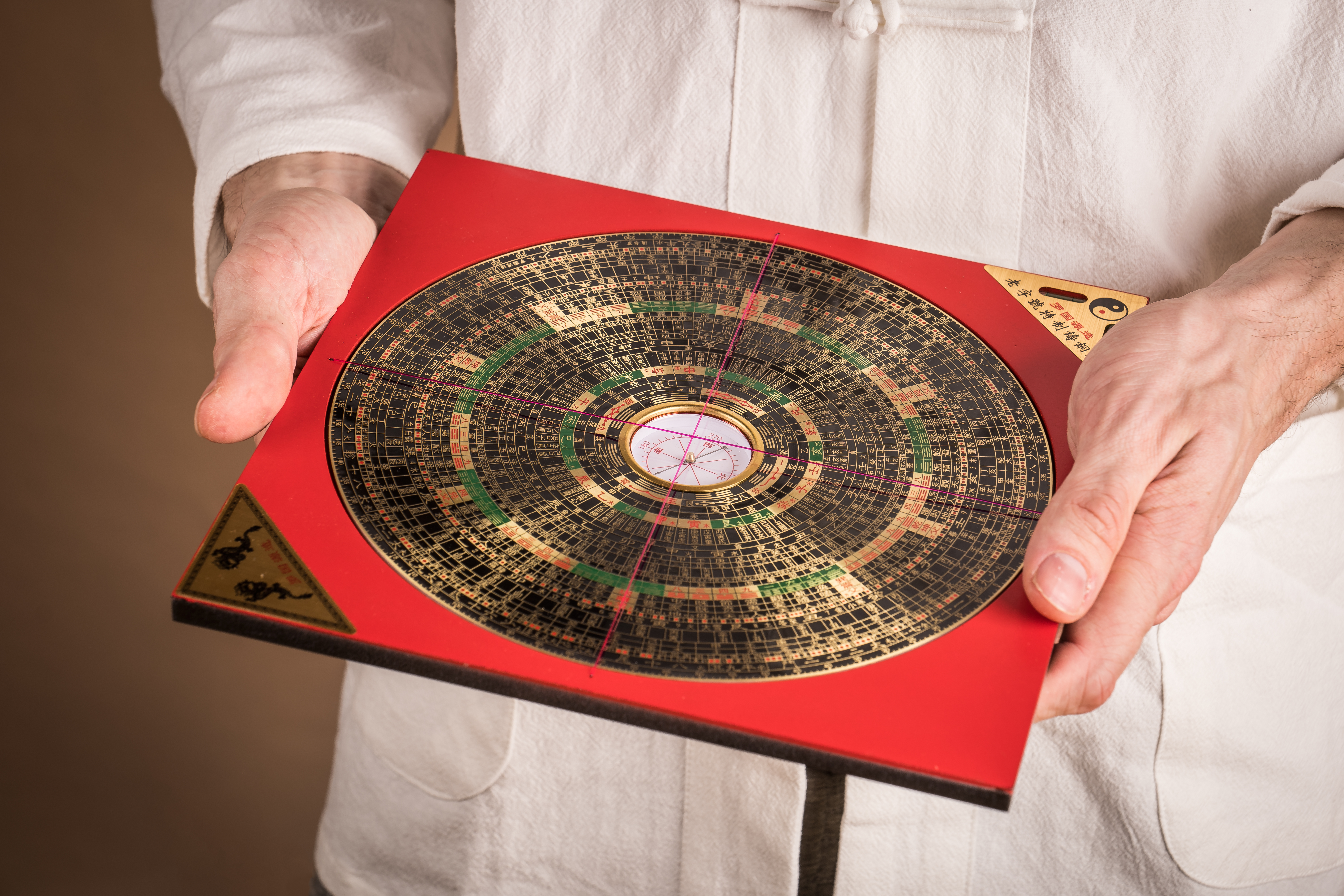
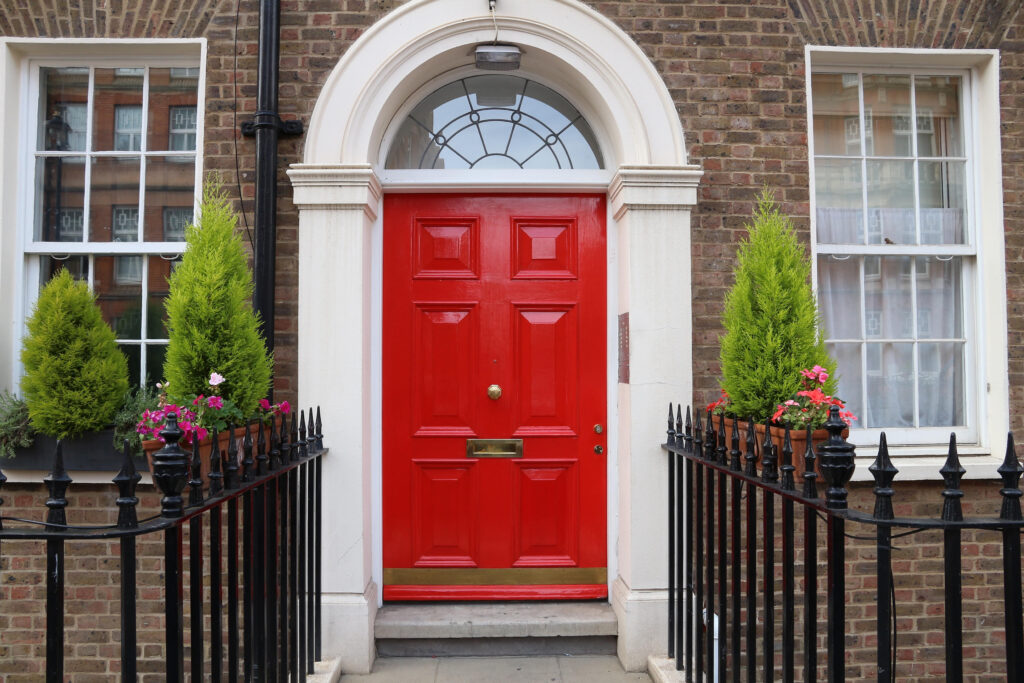
Bazhai Ming Jing helps to harmoniously connect a house and its occupants and is concerned with spatial orientations when considering a building or a site. It focuses on the sitting direction of a building (Zhai Gua) and an occupant’s Ming Gua, which is calculated from one’s birth year, according to the Chinese Calendar. Each person’s Gua will indicate one’s favorable directions and locations. Each ‘Mansion‘ (or direction) is associated with one of eight types of property. There are four East Group and four West Group houses and respective favorable and less favorable locations. Each person belongs to either the East Group or West Group. The Zhai Gua of the house (Free will) and one’s Ming Gua (Destiny) should be in unison and if not, we look at how we can modify certain external and internal aspects.
Flying Stars is one of the more advanced Feng Shui formulas and is concerned with the auspiciousness or the desirability of a direction in relationship to time. It reflects on the position of the stars (Astrology) to produce different calculations. It uses the “San Yuan Jiu Yun” (3 Cycles and 9 Periods of time calibration). The San Yuan Jiu Yun relies on the movement of the stars, sun, and moon, and the coming and going of the seasons to determine the desirability of a location and orientation. The movement of the seven stars in the polar constellation helps to determine the growth and change of time. Flying Stars Feng Shui adopts the view that there is significant change and transformation in the type of Qi influencing our environment and wider cosmos every twenty years.

A fundamental principle of correlative thinking in Feng Shui is Wu Xing (5 Elements). Mostly used in Feng Shui, Chinese medicine (TCM), and martial arts, the Five Elements are believed to be the fundamental natural elements between which interactions occur in both time and space. According to this theory, everything that exists in the universe can be categorized under 5 Elements (or, Phases) comprising Wood, Fire, Earth, Metal, and Water. Each phase is a type of Qi. Each phase emits a certain type of Qi. Proper knowledge of each aspect of Qi flow within the cycle of the 5 Elements can enable a Feng Shui practitioner to apply specific remedies.
The art of Feng Shui involves determining the distribution and quality of Qi in the changing nature of our universe and the impact it has on our surroundings. Classical Feng Shui can make sense of spaces and provide practical solutions to significantly improve one’s environment. It is vital that we feel connected to the ever-changing world in which we inhabit and adapt to its natural flow. In this respect, traditional Feng Shui is as relevant today as it was in historical times.
For the wise man looks into space and he knows there is no limited dimensions – Lao Tze.

